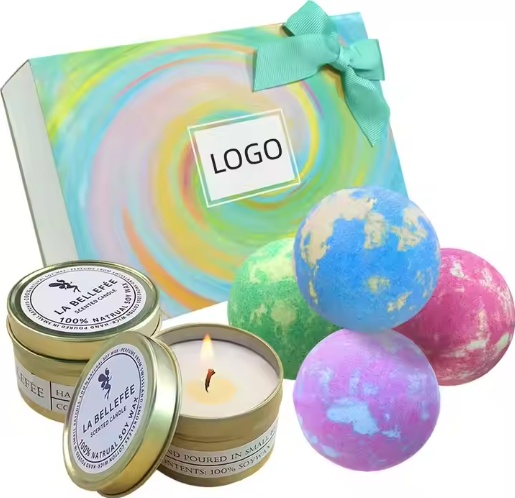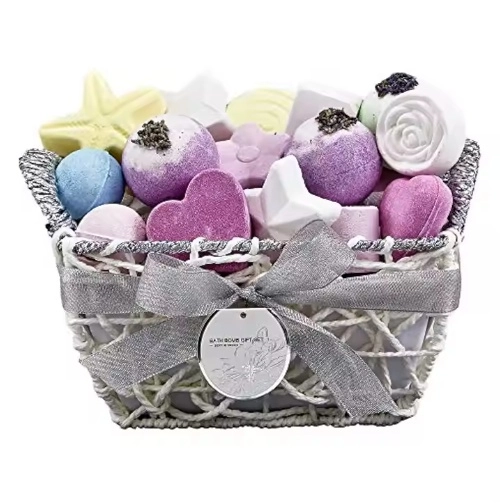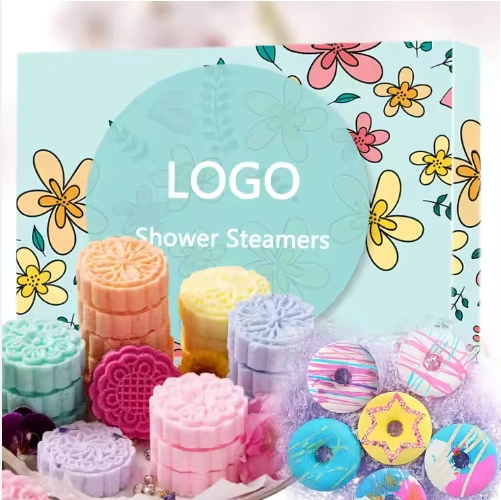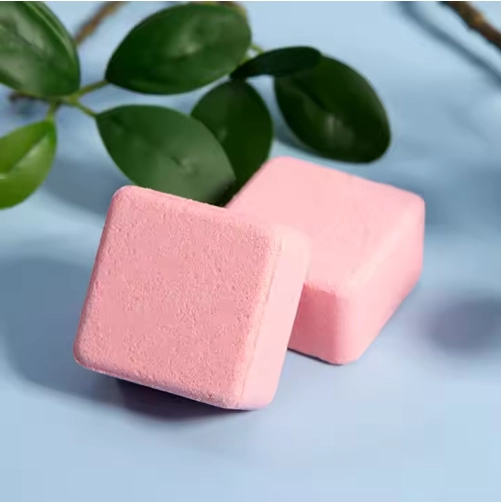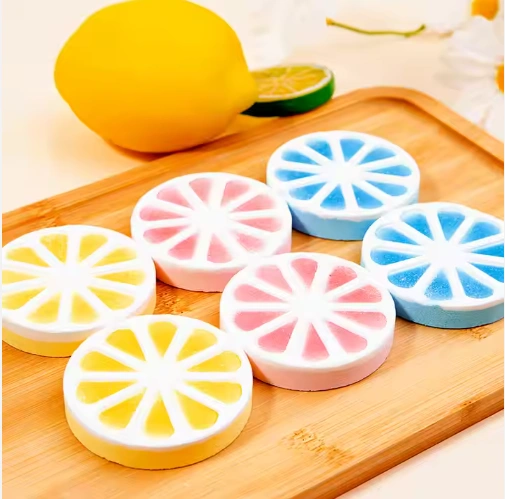What is a Bath Bomb?
A bath bomb or bath fizzy is a consumer product used during bathing. It was invented and patented in 1989 by Mo Constantine, co-founder of Lush Cosmetics. A bath bomb is a compacted mixture of wet and dry ingredients molded into any of several shapes and then dried. Bath water effervesces at the surface of a bath bomb immersed within it, with attendant dispersion of such ingredients as essential oil, moisturizer, scent, or colorant.
Ingredients:
- Baking soda
- Citric acid
- Epsom Salts
- Fragrance oils
- Colorants
- Surfactants
How Does it Work?
The “bomb” aspect of a bath bomb is the fizziness. But what’s going on in those spheres that make them so fizzy? Two of the key ingredients to a bath bomb are citric acid and sodium bicarbonate. You might also know sodium bicarbonate by its more common name, baking soda. These two ingredients are what cause the impressive and delightful fizz when the bath bomb enters the water.
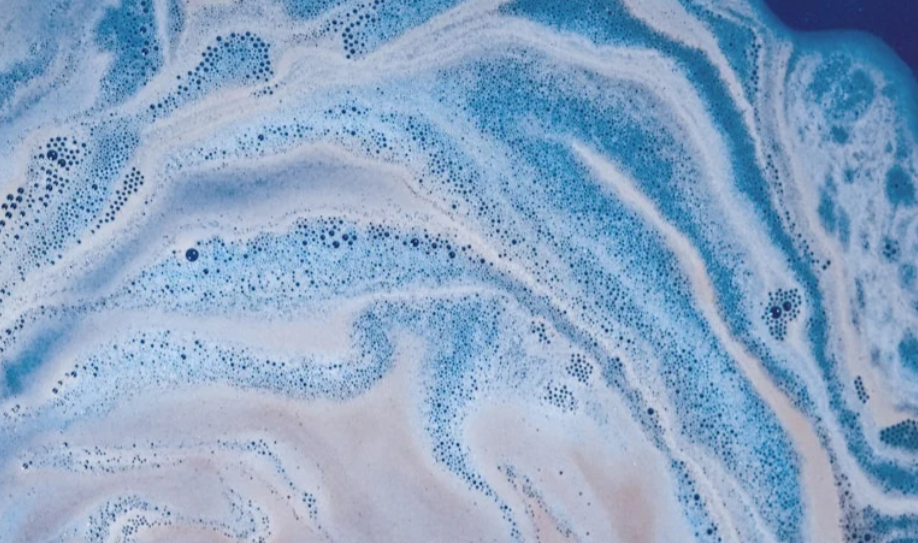
When sodium bicarbonate (NaHCO3) comes in contact with water, the sodium (Na) molecules break off from the bicarbonate (HCO3). At the same time, the citric acid is dissolving, with a single hydrogen ion (H+) separating from the rest of the molecule. Another reaction happens when the released hydrogen ion from the citric acid encounters the bicarbonate from the baking soda! This time, carbon dioxide (CO2) gas is released as one of the end products. The carbon dioxide forms bubbles in the soap and bath water and rushes to the surface with a delightful fizz.
How to use Bath Bombs Correctly
Follow the four-step guide below, and you'll be on your way to luxurious relaxation.
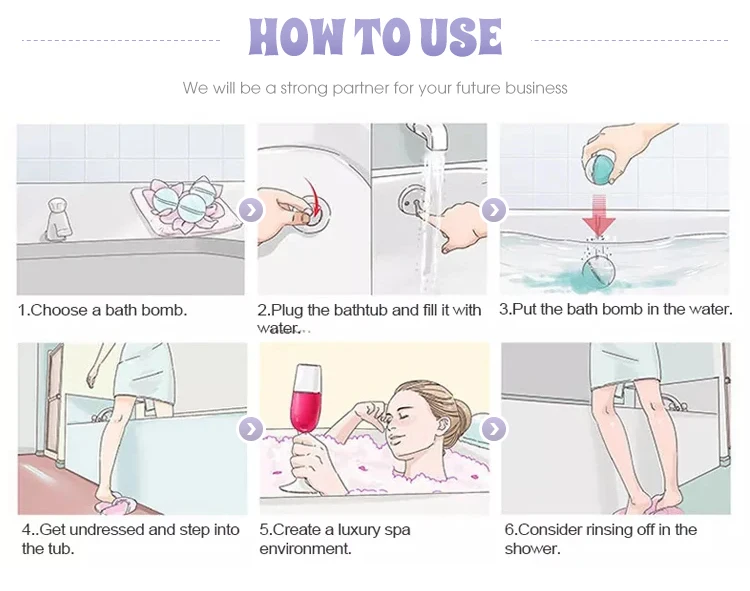
1. Fill your tub with comfortable water. You should be able to dip your hand into the water and leave it there comfortably for up to 10 seconds.
2. Don't fill your tub straight to the top—you could lose some of your beautiful bath bomb water when you get in.
3. Drop in the handmade bath bomb of your dreams and enjoy the show. Some have hidden sparkle, a blend of colors, gorgeous fragrances, and more. Watch the magic unfold.
4. Get in and enjoy! Now's the perfect time to kick back, throw on a mask, put on a podcast, and take some time for yourself.
Bath Bombs: An Eco-Friendly Indulgence or Environmental Hazard?
Bath bombs have surged in popularity in recent years, offering a luxurious and pampering experience in the comfort of your own bathtub. However, as environmental consciousness rises, many question these fizzy delights' ecological impact. Let's dive into the pros and cons of bath bomb usage.
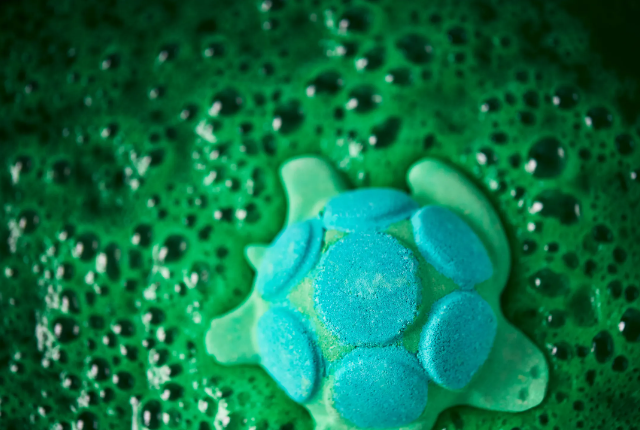
The Good: Natural and Plant-Based Ingredients Many reputable bath bomb brands prioritize using natural, plant-derived ingredients like Essential Oils, dried flowers, salts, and clays. These components are biodegradable and less likely to pollute water systems than harsh synthetic chemicals in some personal care products.
The Bad: Synthetic Fragrances, Dyes, and Plastics While natural varieties exist, some bath bombs contain synthetic fragrances, artificial dyes, and plastic components like glitters or toy surprises inside. These non-biodegradable elements can accumulate in waterways, harming aquatic life and contributing to plastic pollution.
The Verdict
Bath bombs can be eco-friendly when made with natural, biodegradable ingredients and used mindfully. Opting for responsibly sourced, plastic-free varieties and practicing proper disposal can minimize their environmental footprint. As with personal care products, moderation is key to reducing resource consumption and waste.
Previous
Are bath bombs good for dry skinSend Inquiry

